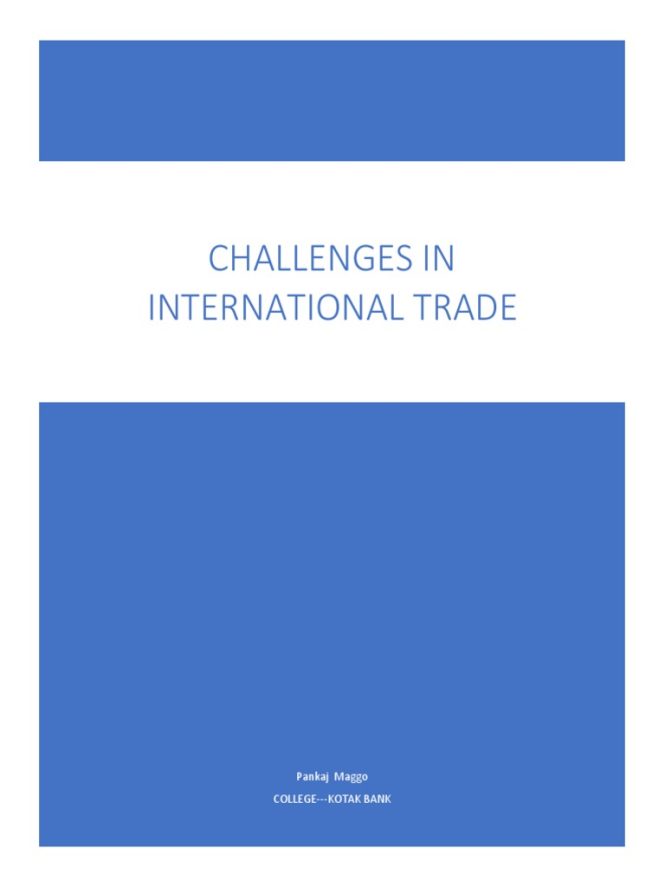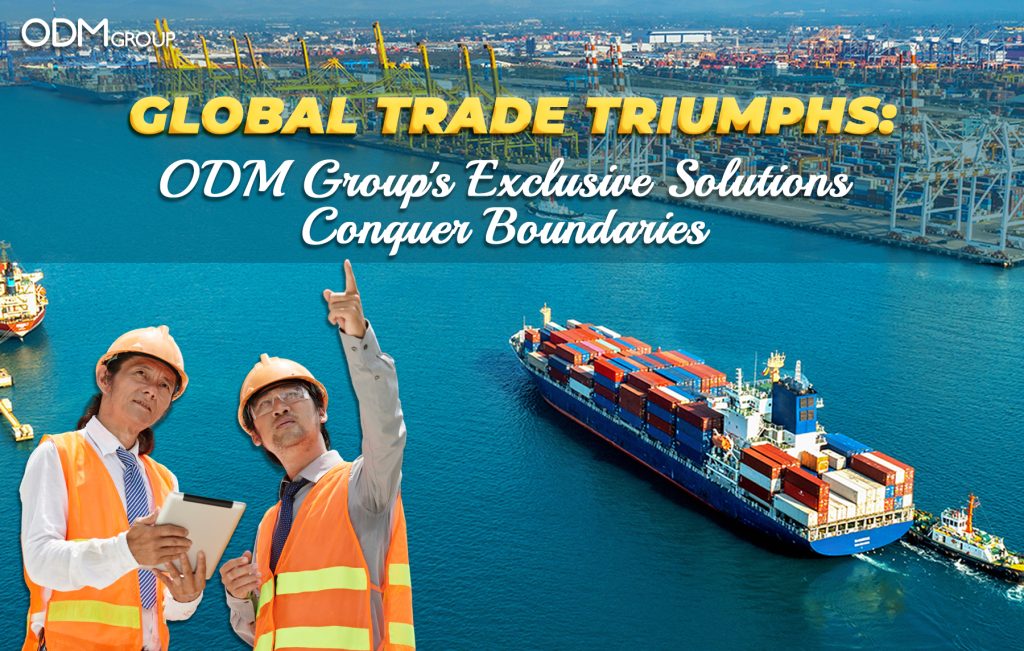

Overcoming the Challenges of International Trade Regulations and Tariffs is paramount for businesses looking to expand their operations internationally. Imagine a world where businesses can seamlessly import and export goods, unaffected by the complexities of different trade regulations and tariffs. Unfortunately, reality isn’t always as straightforward. These challenges often lead to significant delays, added costs, and even trade disputes. This guide will dissect the intricacies of international trade regulations and tariffs, offering practical strategies to overcome obstacles and unlock the full potential of international trade. We’ll explore effective strategies for navigating trade agreements, understanding tariffs, complying with customs procedures, and mitigating potential risks. Finally, we’ll provide actionable steps for businesses looking to enter or expand in global markets.
Understanding the Landscape of International Trade Regulations
Decoding Trade Agreements
International trade is governed by a complex web of agreements and regulations. Understanding these agreements, including the General Agreement on Tariffs and Trade (GATT), the World Trade Organization (WTO) agreements, and regional trade blocs like the European Union or NAFTA (now USMCA), is essential for navigating the global landscape successfully. These agreements establish rules and guidelines for trade, often affecting the type of goods that can be imported or exported, as well as the associated tariffs. Each region may have varying requirements, creating a complex web to navigate. For example, the WTO’s regulations on agricultural trade can impact farmers’ ability to export produce internationally. Different countries have different customs processes that companies need to address. By understanding and complying with these rules, companies can avoid costly misunderstandings and ensure smooth trade transactions. A thorough understanding of regional trade blocs is vital, as each often has its unique set of rules and regulations, creating complexity.
Mitigating Tariffs and Duties
Identifying and Analyzing Tariffs
Tariffs, which are taxes imposed on imported goods, significantly impact the cost of products sold internationally. Understanding the different types of tariffs, including ad valorem and specific tariffs, is crucial for businesses. For instance, ad valorem tariffs are imposed as a percentage of the imported good’s value, while specific tariffs are imposed per unit. Understanding which tariffs apply and how they vary between countries is essential for cost analysis and planning. Analyzing historical tariff data and making predictions about future rates based on global trade trends are important. By using these insights, businesses can adjust their pricing strategies and mitigate potential financial impacts. A study by the WTO indicates that tariffs can have a substantial impact on trade flows.
Navigating Customs Procedures
Streamlining Import and Export Processes
International trade involves several steps, from initial documentation to final delivery. Each country has its unique customs procedures and regulations. Understanding these regulations, including documentation requirements, customs valuation processes, and import-export licenses is essential. For example, the Electronic Data Interchange (EDI) systems can expedite the process of data exchange between trading partners, enabling more streamlined trade transactions. Compliance with import/export documentation requirements can reduce delays and costs. Understanding the specifics for each country will help in smooth transit of goods.
Managing Trade Disputes and Risks
Proactive Risk Management Strategies
International trade brings a certain level of risk, including potential trade disputes, political instability, and currency fluctuations. Businesses must develop proactive risk management strategies to mitigate these risks and maintain smooth operations. International arbitration is an effective way to resolve disputes amicably. Implementing robust risk management strategies, such as identifying potential risks, contingency planning, and having strong contracts in place with international partners is crucial for minimizing losses in international trade. Diversifying supply chains can also lessen the effects of potential disruptions in single locations. Companies should stay up-to-date on potential trade disruptions and geopolitical risks.
Optimizing Your International Trade Strategy
Utilizing Resources and Technology
For optimal success, consider utilizing resources and technology. Explore trade promotion agencies, consultants, and educational programs designed to help businesses navigate international trade. Utilizing trade finance options can provide the necessary liquidity and reduce risk in the global supply chain. Moreover, staying current on the latest trade developments through trade journals, news, and reports is paramount for businesses. Consider implementing a system for tracking compliance with regulations. Technology plays a vital role in facilitating communication and streamlining administrative tasks.
Q2: What steps can businesses take to prepare for the complexities of international trade compliance?
A2: Businesses should proactively understand the relevant regulations for each country and region they plan to trade with. This is often best addressed by seeking guidance from international trade consultants or legal professionals. Develop a system for tracking your compliance with various rules and regulations to prevent costly mistakes and delays. It is also recommended to have a strong understanding of customs procedures and requirements for various countries. International trade compliance is a complex but critical aspect of global trade, and companies must be ready to adapt and adjust their strategies accordingly to meet the ever-changing landscape.
FAQ:
Q1: How do trade agreements influence the costs of imported goods?
A1: Trade agreements, like the ones administered by the WTO, often include provisions aimed at reducing tariffs and trade barriers. These agreements can lead to lower prices for imported goods because reduced tariffs effectively lower the cost of bringing those goods into a market. However, some agreements might have specific exceptions or safeguard measures that could potentially increase costs in certain sectors.
In conclusion, navigating international trade regulations and tariffs requires a strategic approach that combines meticulous planning, adaptation, and effective negotiation. Understanding the complexities of different trade agreements, tariffs, and customs procedures is crucial for businesses aiming to succeed in the global market. By embracing a proactive and knowledgeable approach, companies can effectively overcome these challenges and unlock the vast opportunities that international trade offers. Contact a global trade consultant for tailored advice and navigate the complexities with ease. Start today! Explore more resources on our website.